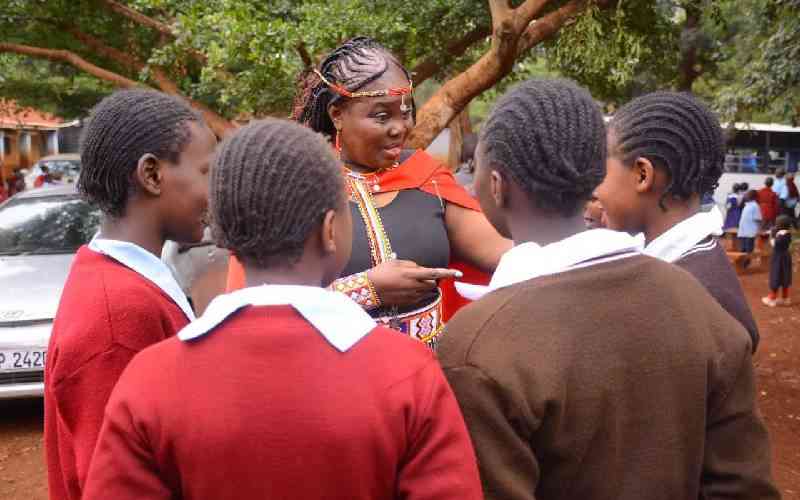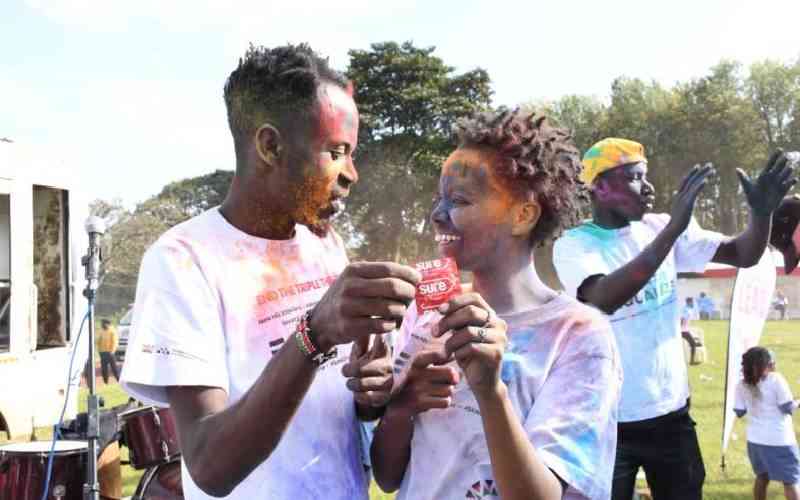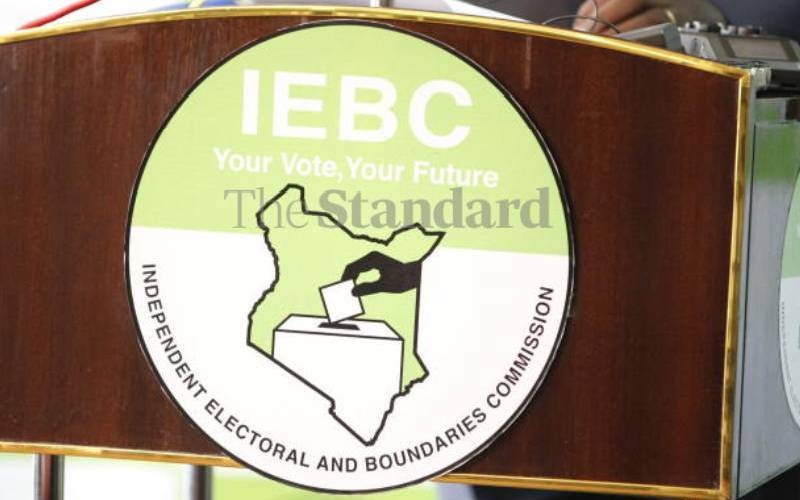“They grow up so fast,” parents often lament. Here is a reality check, statistics from a 2018 report by the United Nations Population Fund (UNFPA) found that nearly 378,400 adolescent Kenyan girls aged between 10 and 19 years became pregnant between July 2016 and June 2017. This means that one in five Kenyan teenage girls was reported to be pregnant during that period.
The shocking scale only reveals the extent to which we have continued to sweep under the rug candid discussions about adolescent sexuality. Another report released in June 2019 by JIACTIVATE in partnership with Geopoll revealed that only 6 percent of Kenyan youth wanted to learn more about sex.
Curious teenagers are increasingly being sexualized much earlier than we think. Comprehensive Sexuality Education (CSE) is important in providing censored and age-appropriate sexuality education and as well as factual information about the consequences that come with early sexual debut.
Many programmes and teachings for young people tend to focus on abstinence-only education with the assumption that the approach will delay or prevent adolescents from attempting sexual activities. Much as reproduction as a subject is taught in many schools, abstinence is stressed as the main method of protection from early pregnancies and sexually transmitted infections.
While abstinence is theoretically effective, it has been ineffective at delaying initiation of sexual intercourse or reducing risky sexual behaviors. The likelihood of abstaining from sexual activity is often compromised by poor parental involvement in preparing young people for safe sexual life and good reproductive health. This is evident in the number of HIV/AIDs infections amongst young people and school dropouts due to unplanned pregnancies.
The abstinence-only approach is not enough to prepare young people to avoid unwanted pregnancies or sexually transmitted diseases; neither does it equip them with skills to make informed decisions. Despite the growing needs, there is no adequate training or counseling specifically suitable for this age group.
In this day and age, it should be a right for young people to get sex education that gives them the information and skills they need to stay safe and healthy. Withholding critical health information from adolescents should be considered a human rights violation.
Abstinence-only until-marriage orientations leave adolescents uninformed about their sexuality and reproductive health and this is particularly dangerous for adolescents who are already sexually active or have experienced sexual abuse.
Young people are not getting the information they need about their bodies and their behaviors to best manage their decisions and their risks. Most adolescents end up joining college knowing little about their own reproductive systems and how to plan their reproductive and sex lives in informed and evidence-based ways.
Despite the growing needs, there should be adequate training or counseling suitable specifically for this age group.
The State’s failure lies in the fact that a large proportion of young people have limited understanding about their bodies and their sexual rights and responsibilities which is crucial for building the foundations of a safe passage from adolescence into adulthood.
When faced with offers to engage in sex, young people are usually forced to argue with misinformation they have learned from the various sources including internet that is often filled with uncensored, sexually explicit, inaccurate and potentially harmful content.
Even if teenagers cannot fully comprehend sexuality and its role in relationships, they deserve the information and tools needed to avoid unplanned pregnancies and diseases related to risky sexual behaviors. Age-appropriate comprehensive sexuality education can also equip young people with tactics useful in delaying sex or use of contraception, and reduction of the number of sexual partners.
Jiactivate Chairman Grayson Marwa.
Stay informed. Subscribe to our newsletter
 The Standard Group Plc is a
multi-media organization with investments in media platforms spanning newspaper
print operations, television, radio broadcasting, digital and online services. The
Standard Group is recognized as a leading multi-media house in Kenya with a key
influence in matters of national and international interest.
The Standard Group Plc is a
multi-media organization with investments in media platforms spanning newspaper
print operations, television, radio broadcasting, digital and online services. The
Standard Group is recognized as a leading multi-media house in Kenya with a key
influence in matters of national and international interest.
 The Standard Group Plc is a
multi-media organization with investments in media platforms spanning newspaper
print operations, television, radio broadcasting, digital and online services. The
Standard Group is recognized as a leading multi-media house in Kenya with a key
influence in matters of national and international interest.
The Standard Group Plc is a
multi-media organization with investments in media platforms spanning newspaper
print operations, television, radio broadcasting, digital and online services. The
Standard Group is recognized as a leading multi-media house in Kenya with a key
influence in matters of national and international interest.








